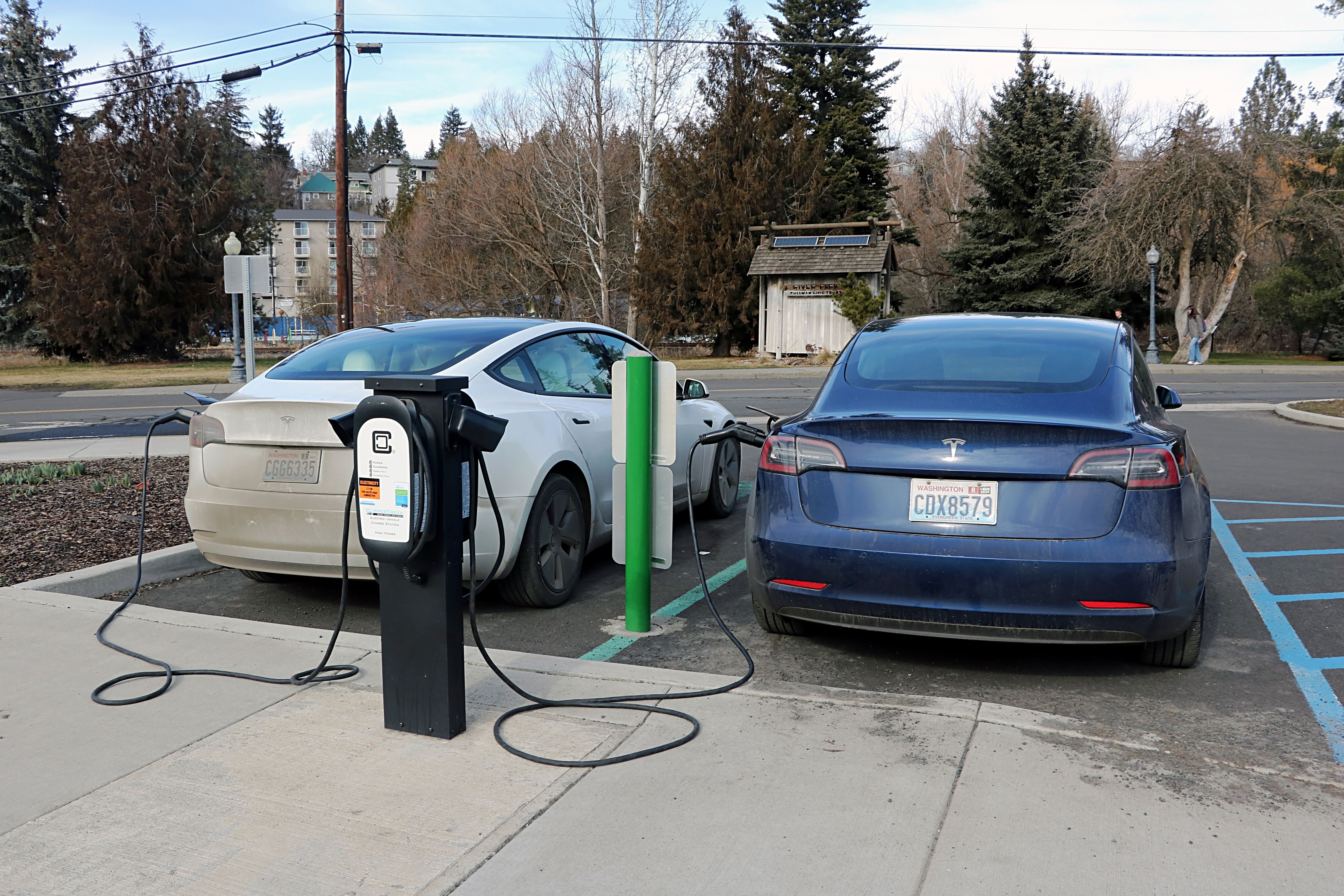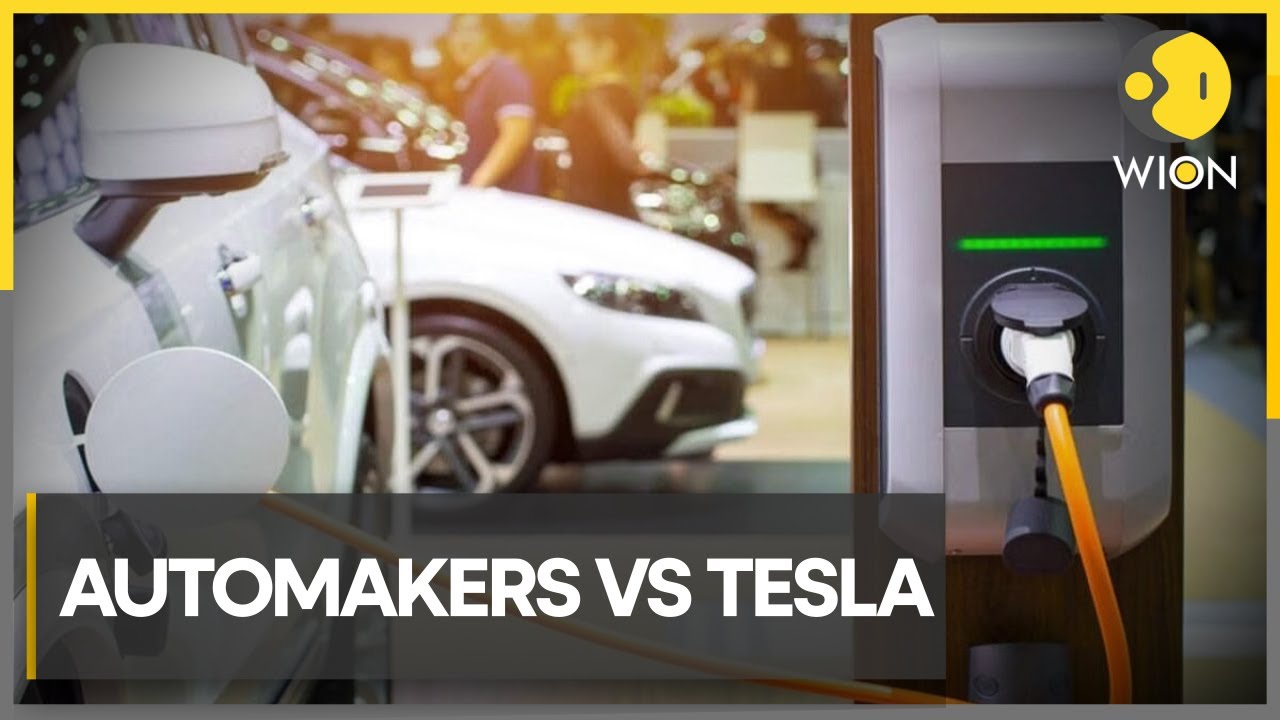Latest Trends and Insights You Need to Know Before You Buy EV Charging news
Latest Trends and Insights You Need to Know Before You Buy EV Charging news
Blog Article
Top EV Charging News: Trick Updates on Infrastructure and Innovation

Current Advancements in Fast-Charging Technology

Additionally, advancements in battery innovation, including enhanced thermal monitoring systems and higher energy density batteries, enhance fast-charging capabilities. These advancements minimize the risk of battery deterioration throughout fast charging, ensuring longevity and efficiency for EV proprietors.
Additionally, the integration of wise billing services is boosting user experience, enabling real-time tracking and vibrant rates versions. EV Charging news. This flexibility permits vehicle drivers to optimize charging times and prices based on grid demand
As automakers remain to purchase fast-charging networks, the cooperation in between industry stakeholders is important. Collaborations in between billing terminal service providers and automobile makers are leading the way for considerable coverage, eventually cultivating an extra durable EV environment. These innovations are crucial in sustaining the change to lasting transport.
Federal Government Efforts for Charging Expansion
Government campaigns play an essential duty in the development of electrical automobile (EV) charging infrastructure, helping with the shift to sustainable transportation. Various government and state programs are being applied to boost charging ease of access, minimize the monetary concern on consumers, and advertise the fostering of electric vehicles.
Especially, the U.S. federal government has actually designated considerable financing via the Framework Investment and Jobs Act, which earmarks $7.5 billion for EV billing network advancement across the country. This funding is aimed at releasing countless new billing stations, specifically in underserved locations, therefore resolving variety anxiety amongst potential EV customers.
Furthermore, numerous states are enacting regulation to improve the allowing process for billing station installments, which is vital for accelerating deployment. Motivations such as tax credit scores and rebates for both consumers and companies are also being presented to encourage the setup of billing facilities.
In addition, public-private partnerships are significantly coming to be a focus, leveraging personal financial investment to complement federal government financing. These initiatives highlight a collaborative technique essential for developing a thorough and efficient EV billing network, ultimately contributing to a greener and even more lasting future.
Innovative Battery Solutions Enhancing Efficiency
Reinventing the landscape of electrical vehicle (EV) technology, innovative battery remedies are significantly boosting efficiency and performance. Breakthroughs in battery chemistry, particularly with lithium-sulfur and solid-state batteries, are resulting in boosted power thickness, which enables longer ranges and faster charging times. These brand-new battery kinds have the possible to outperform traditional lithium-ion batteries by using greater abilities while lowering weight, therefore boosting total vehicle performance.
Moreover, developments in battery management systems (BMS) are optimizing power use and expanding battery life-span. Intelligent algorithms explanation keep track of battery health and performance, enabling real-time changes to billing and releasing processes. This not just boosts the performance of the battery however likewise guarantees a more sustainable and trustworthy power source for EVs.
Furthermore, the integration of reusing innovations is attending to the ecological effect of battery production and disposal. Innovations in second-life applications for EV batteries are promoting their use in power storage space systems, adding to a circular economy.
As these cutting-edge battery remedies proceed to progress, they promise to change the EV market, making electric lorries a lot more available and enticing to a more comprehensive target market while supporting international sustainability goals.

Partnership Between Automakers and Charging Networks
Acknowledging the important demand for a durable billing framework, car manufacturers are significantly working together with billing network carriers to boost the EV possession experience (EV Charging news). These collaborations intend to produce a seamless charging ecological community that profits customers and sustains the shift to electric vehicles
Major auto brand names are joining pressures with well established charging networks to expand their charging terminal insurance coverage, making sure drivers have accessibility to trusted and practical charging options. Partnerships with networks like ChargePoint and Electrify America allow car manufacturers to integrate billing remedies straight into their lorries' navigation systems, guiding individuals to the closest terminals and offering real-time availability updates.
Moreover, these collaborations usually lead to the development of fast-charging innovations that significantly minimize the time required to reenergize an EV. By pooling resources and experience, automakers and billing networks can introduce much faster, producing remedies that satisfy the expanding demand for electric flexibility.
On top of that, joint efforts might also cause even more standardized charging methods, which can reduce customer confusion and promote wider EV fostering. Overall, these calculated partnerships are pivotal in developing a reliable and easy to use charging framework that fulfills the needs of a broadening electrical lorry market.
Obstacles Facing EV Charging Facilities
As the electrical lorry market remains to grow, several difficulties are appearing that impede the development of an extensive charging facilities. Among the go to these guys main barriers is the not enough variety of charging stations, particularly in rural and underserved urban areas. This gap creates range stress and anxiety amongst prospective EV purchasers, preventing them from making the button.
Furthermore, the absence of standardization accountable innovation complicates the facilities landscape. Variations in plug types and charging rates can produce confusion for users and increase operational intricacies for billing network drivers. The integration of billing terminals into existing electrical grids poses substantial difficulties. Numerous regions encounter ability restrictions, requiring significant financial investments in grid upgrades to fit enhanced demand.
One more pushing problem is the high cost linked with the setup and upkeep of charging terminals, which can be a barrier for both public entities and personal organizations. Lastly, regulatory obstacles and zoning restrictions can delay the deployment of billing infrastructure, hampering progress in broadening important solutions. Resolving these difficulties will certainly be crucial for promoting a durable EV ecosystem that sustains the change to sustainable transport.
Conclusion
In final thought, the recurring advancements in EV charging technology, supported by considerable federal government efforts and ingenious battery options, are critical for the development and efficiency of electric vehicle infrastructure. Collaborations between car manufacturers and charging companies better boost terminal insurance coverage, addressing the expanding need for accessible billing alternatives. Regardless of obstacles that linger within the EV billing landscape, these advancements represent a favorable trajectory towards an extra effective and sustainable electric lorry ecological community.
Technologies in charging facilities have led to the growth of ultra-fast battery chargers qualified of delivering up to 350 kW of power, significantly reducing billing times. Variations in plug types and billing speeds can create complication for customers and increase functional intricacies for charging network drivers.In final thought, the continuous advancements in EV billing innovation, supported by substantial government initiatives and cutting-edge battery solutions, are important for the expansion and performance of electric lorry facilities. Collaborations in between automakers and billing companies better improve station protection, addressing the expanding demand for click here for info easily accessible charging choices. Despite challenges that linger within the EV charging landscape, these advancements signify a positive trajectory in the direction of a more effective and lasting electric vehicle ecological community.
Report this page